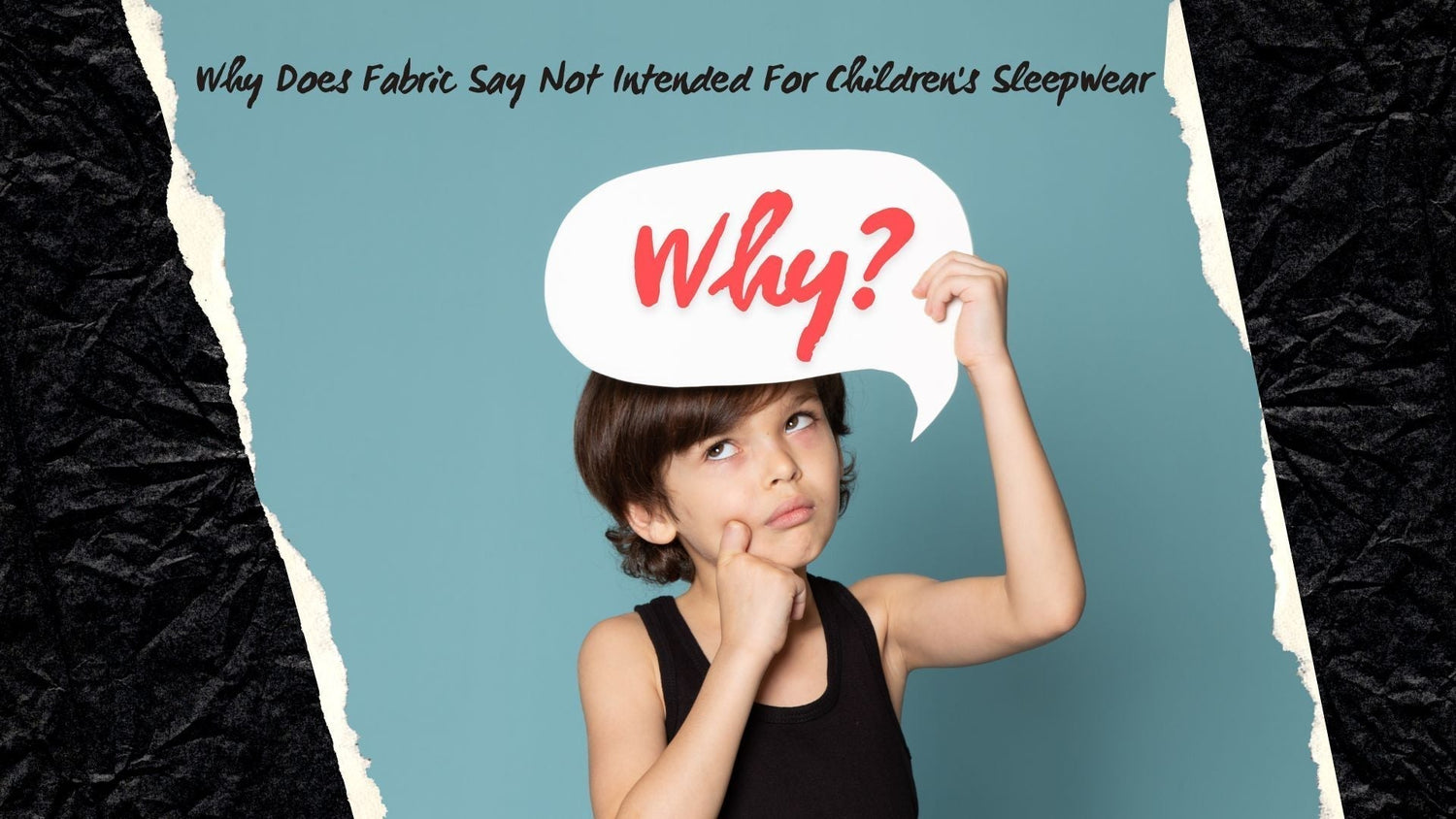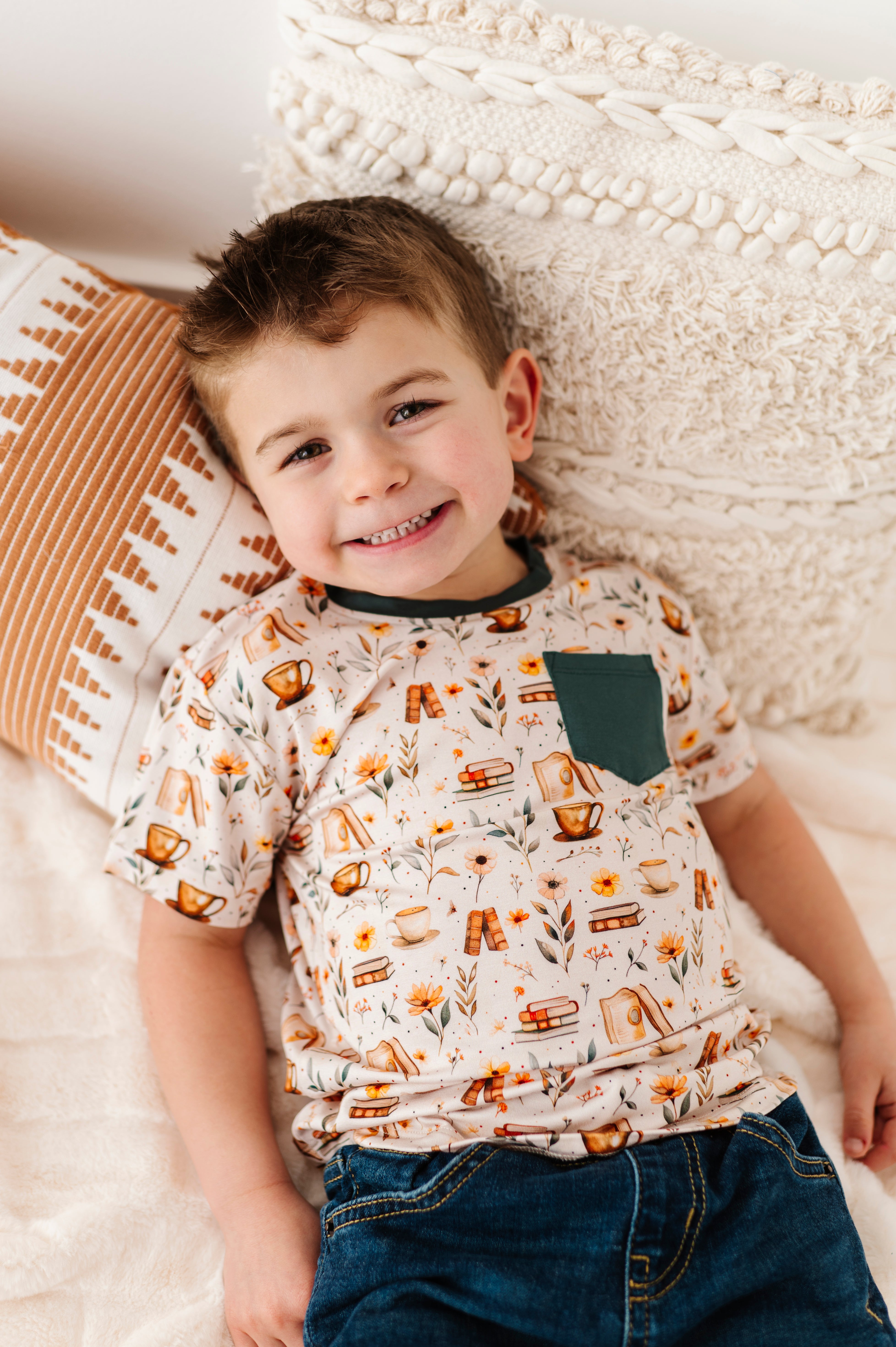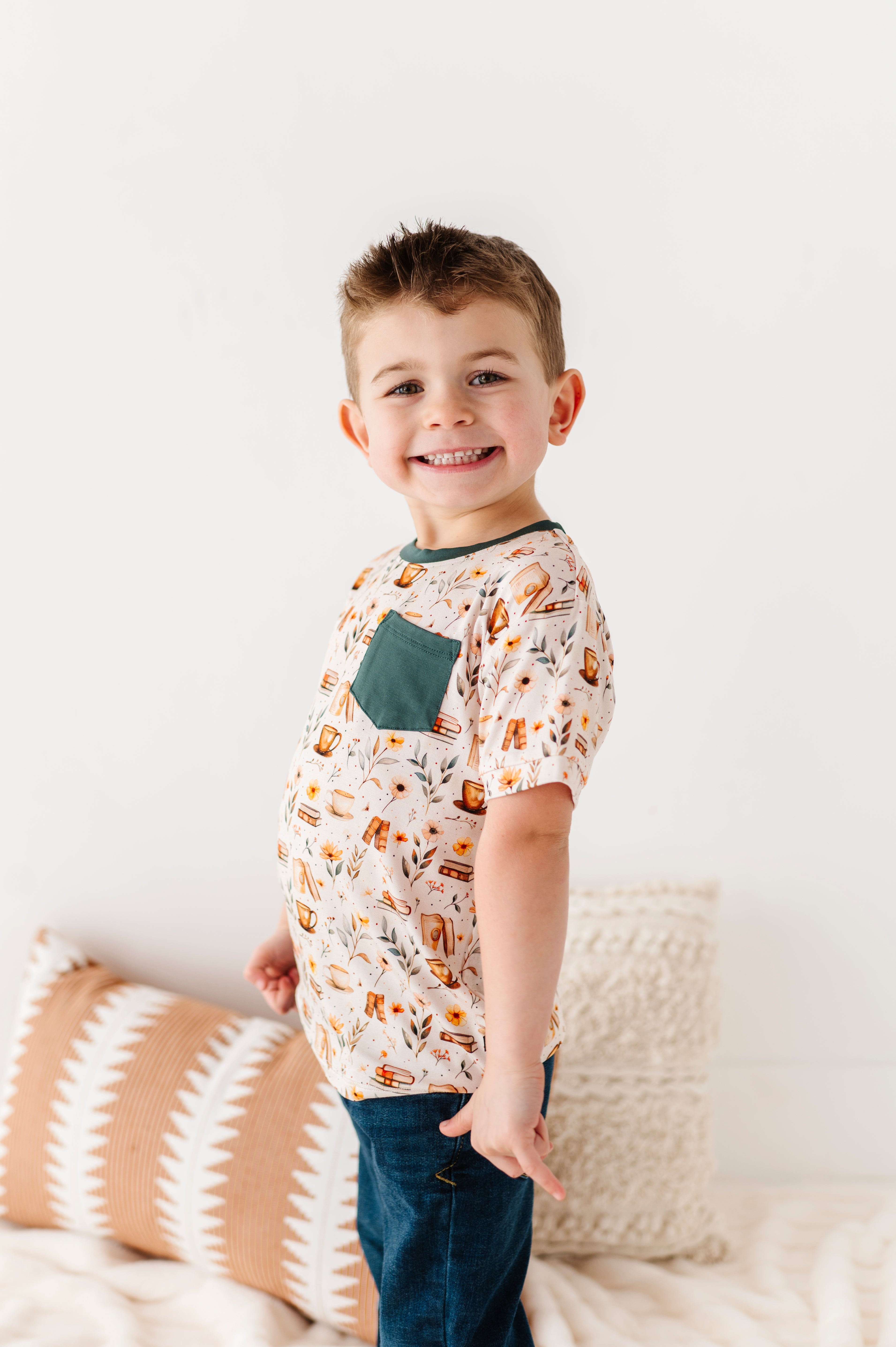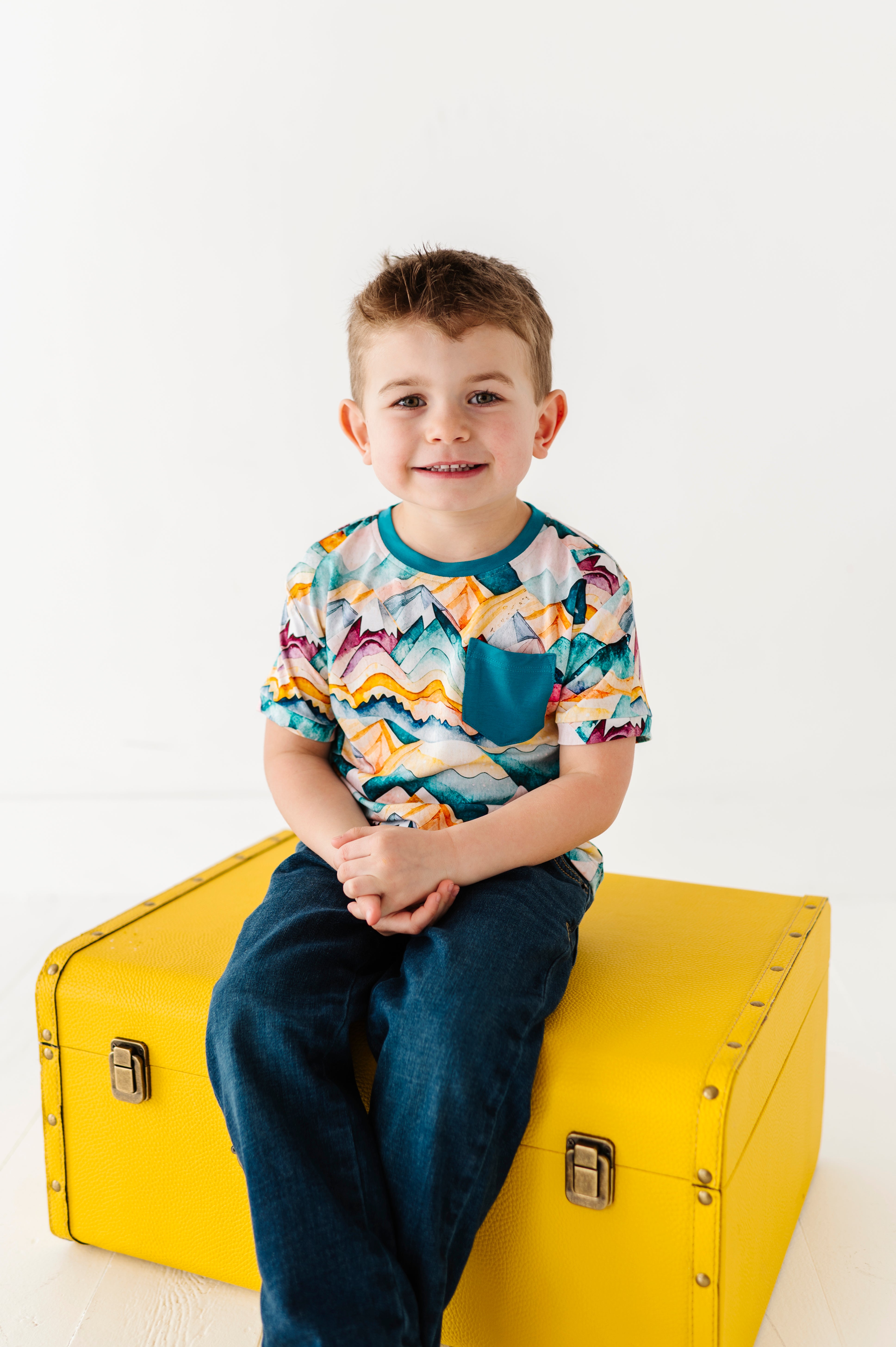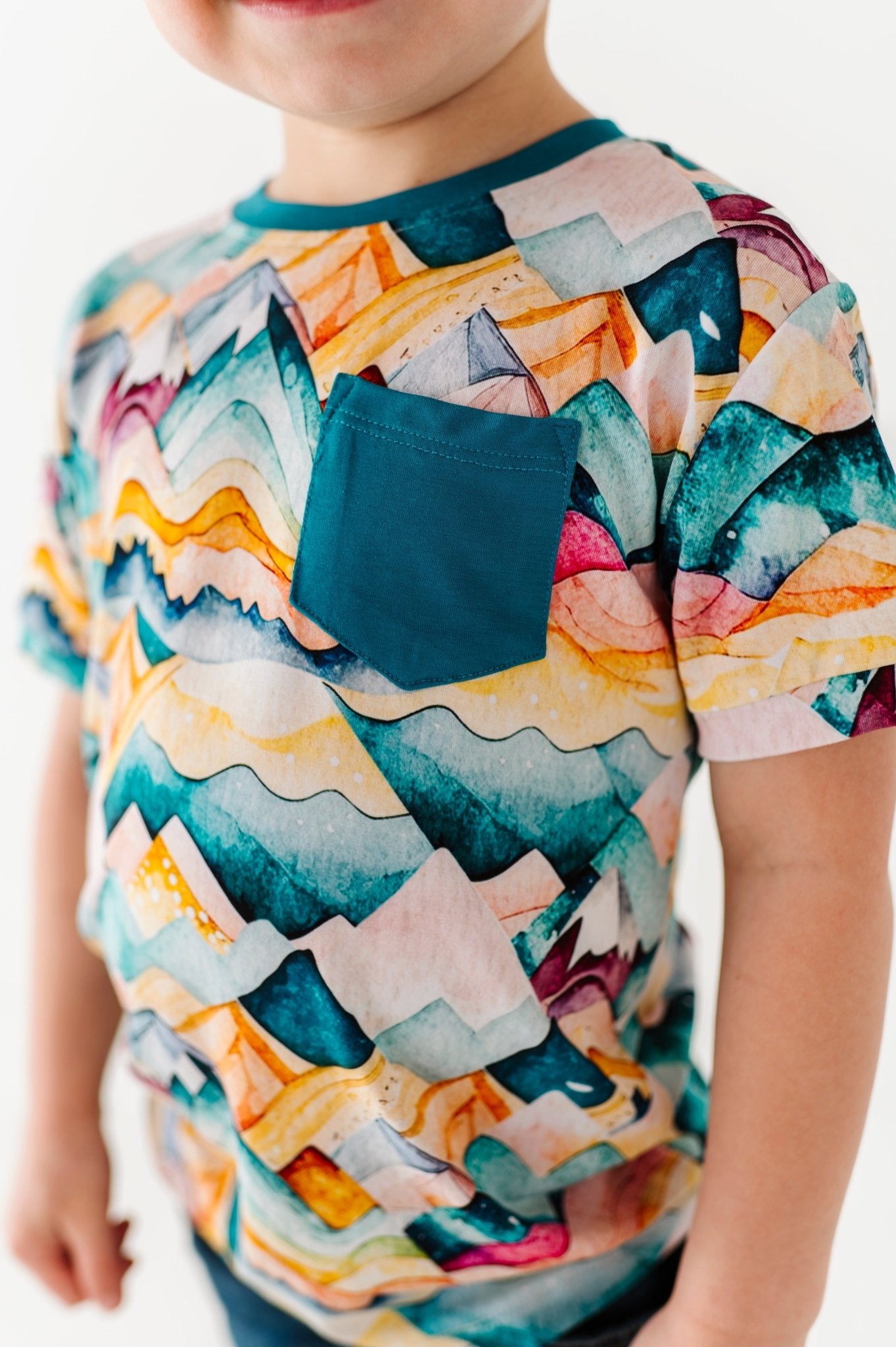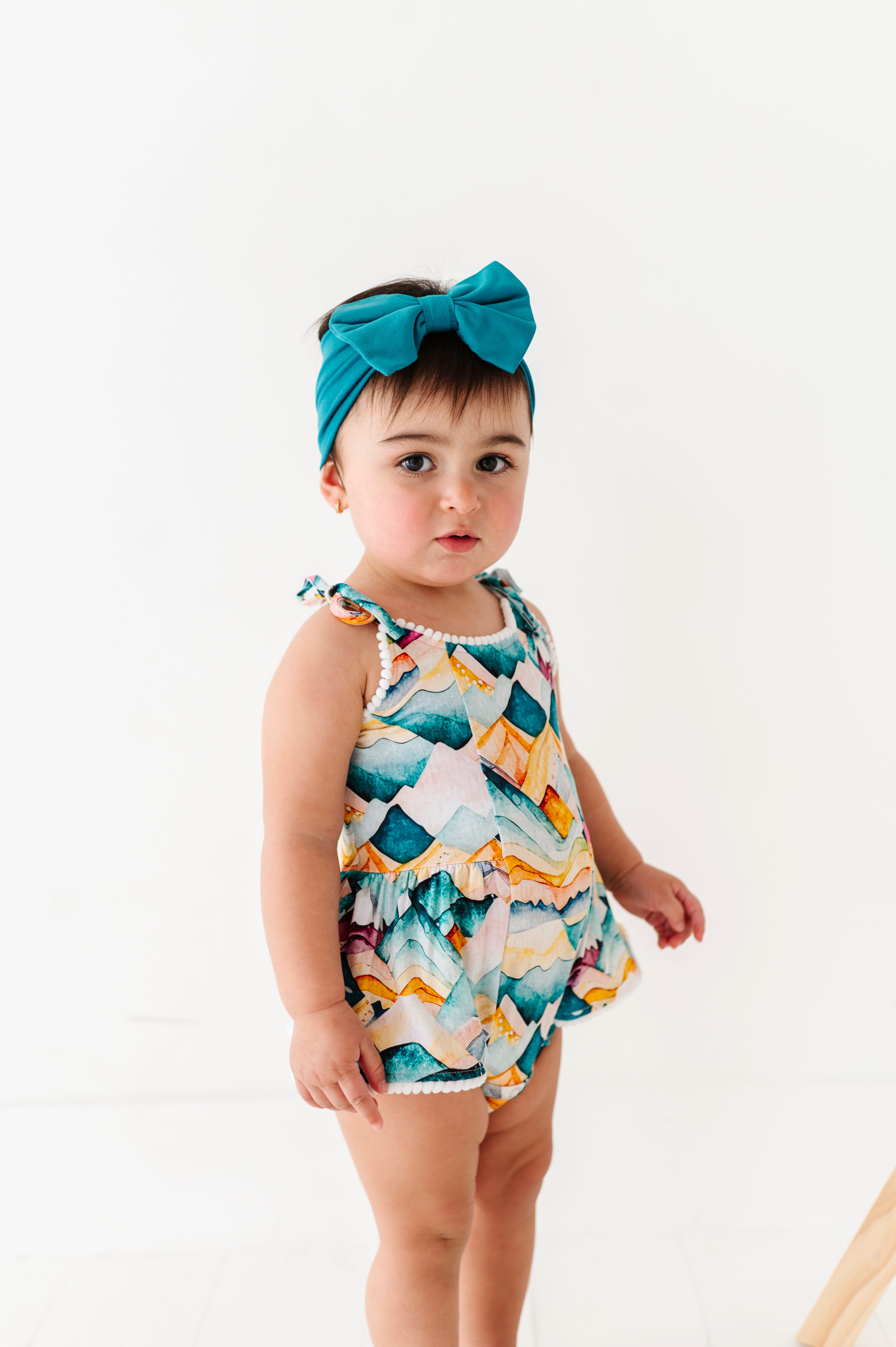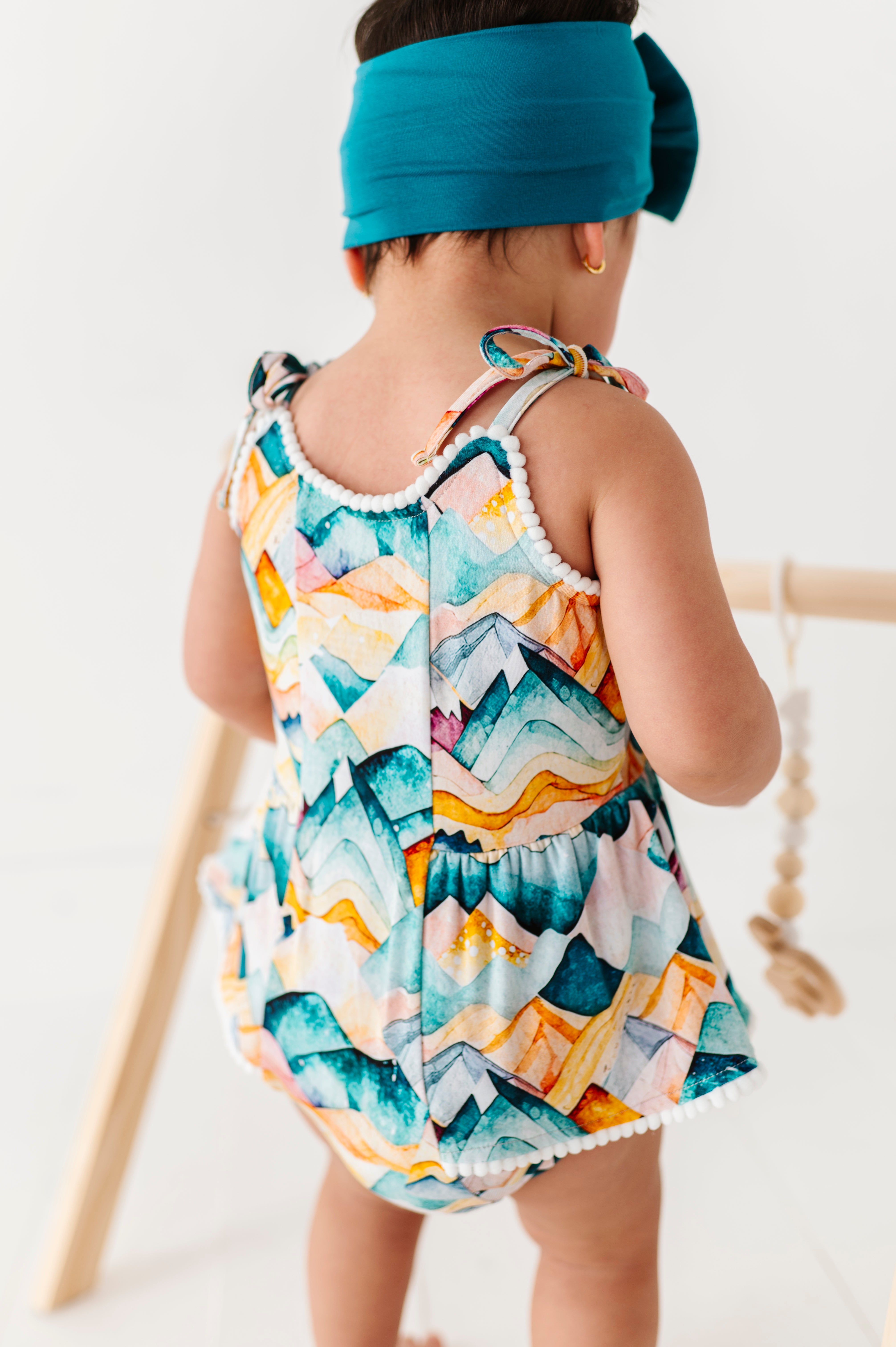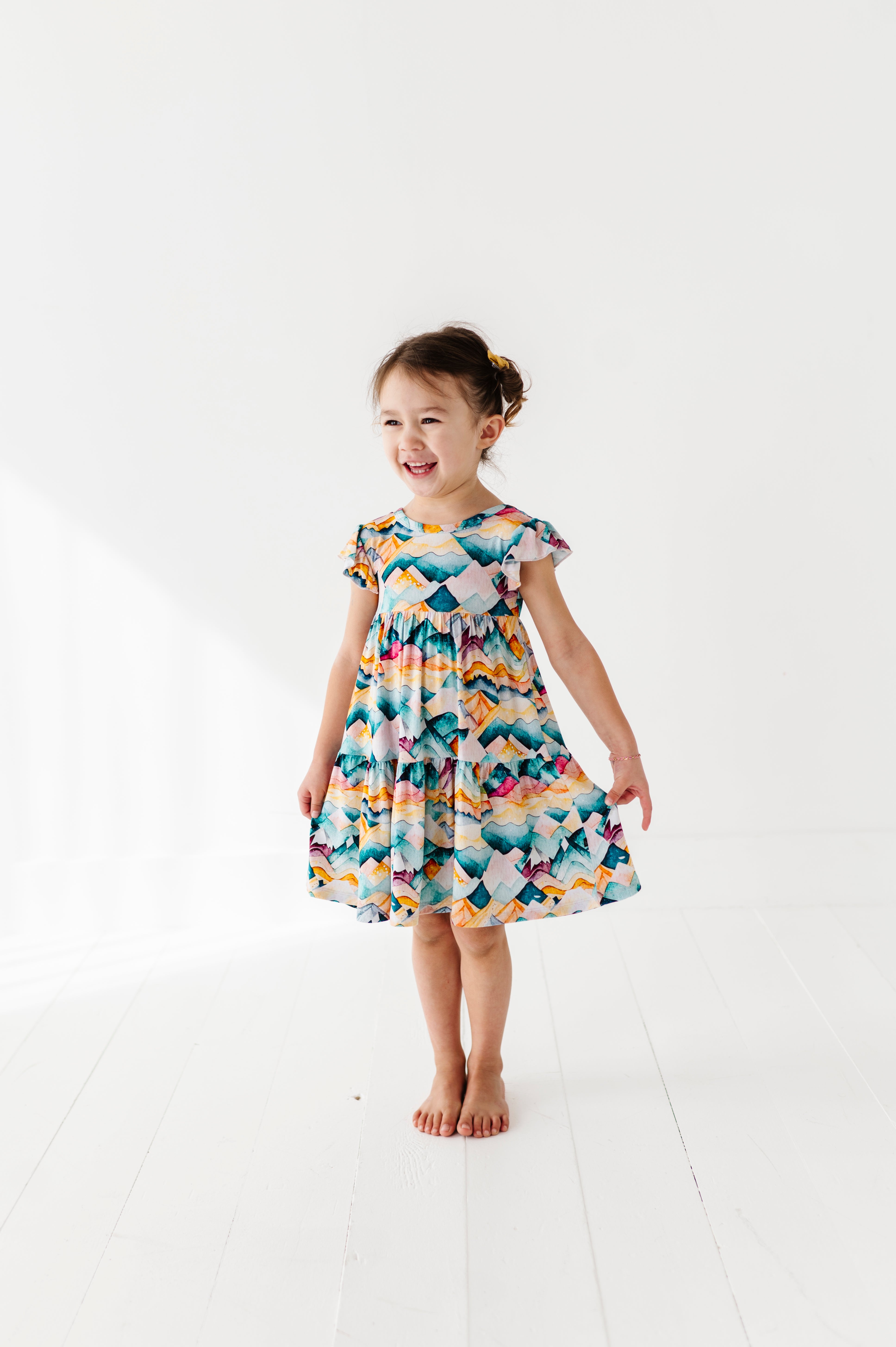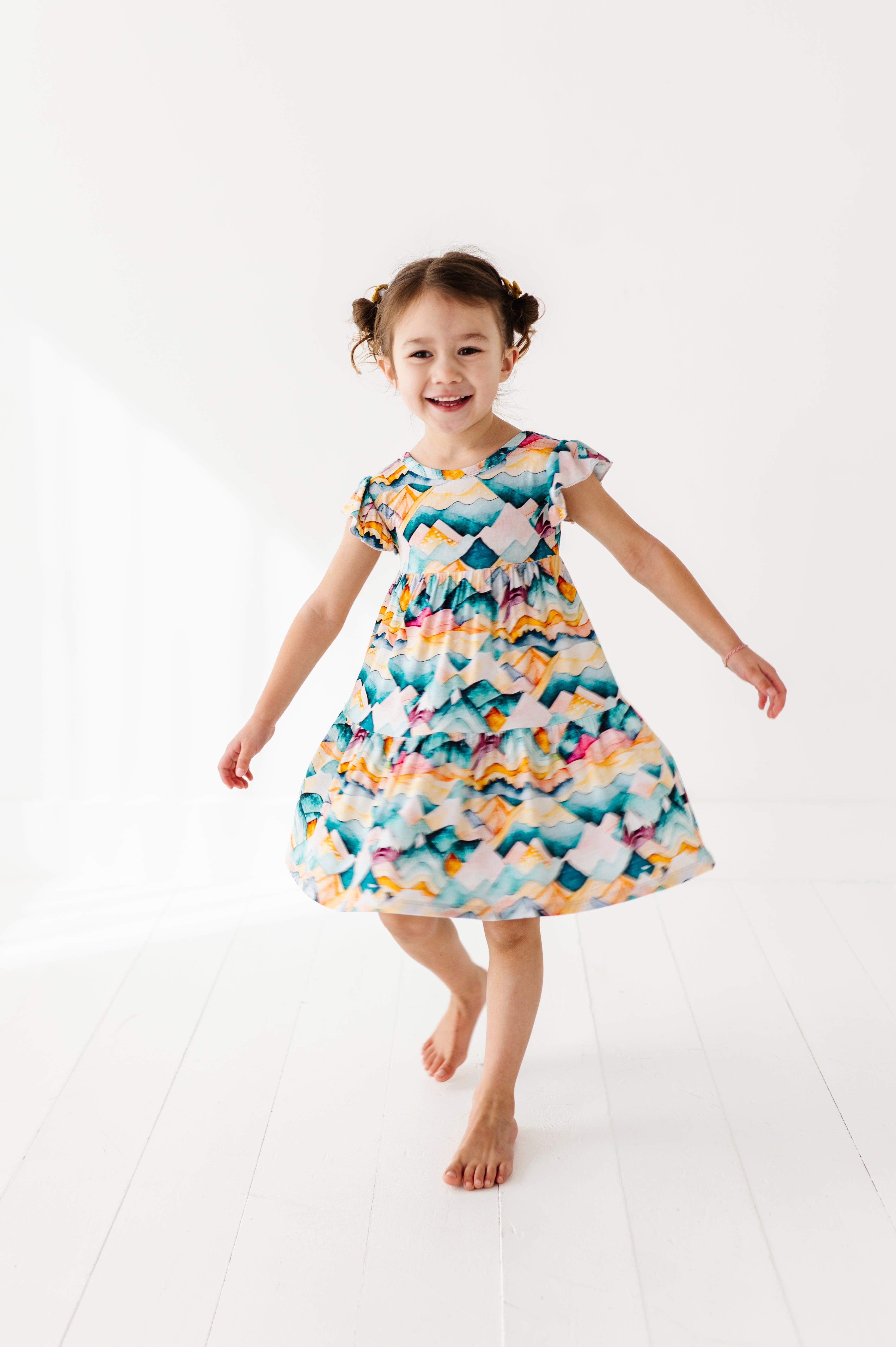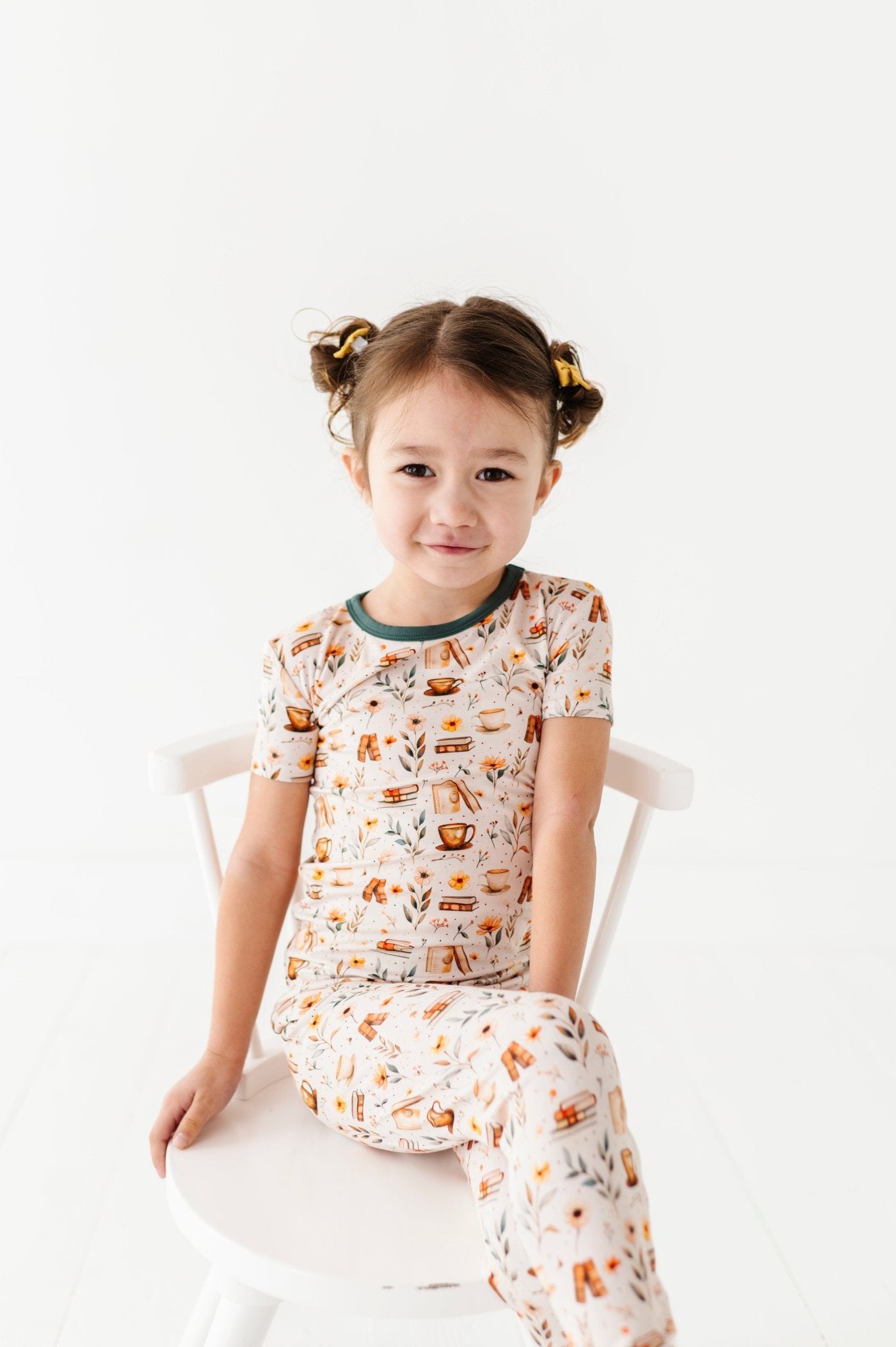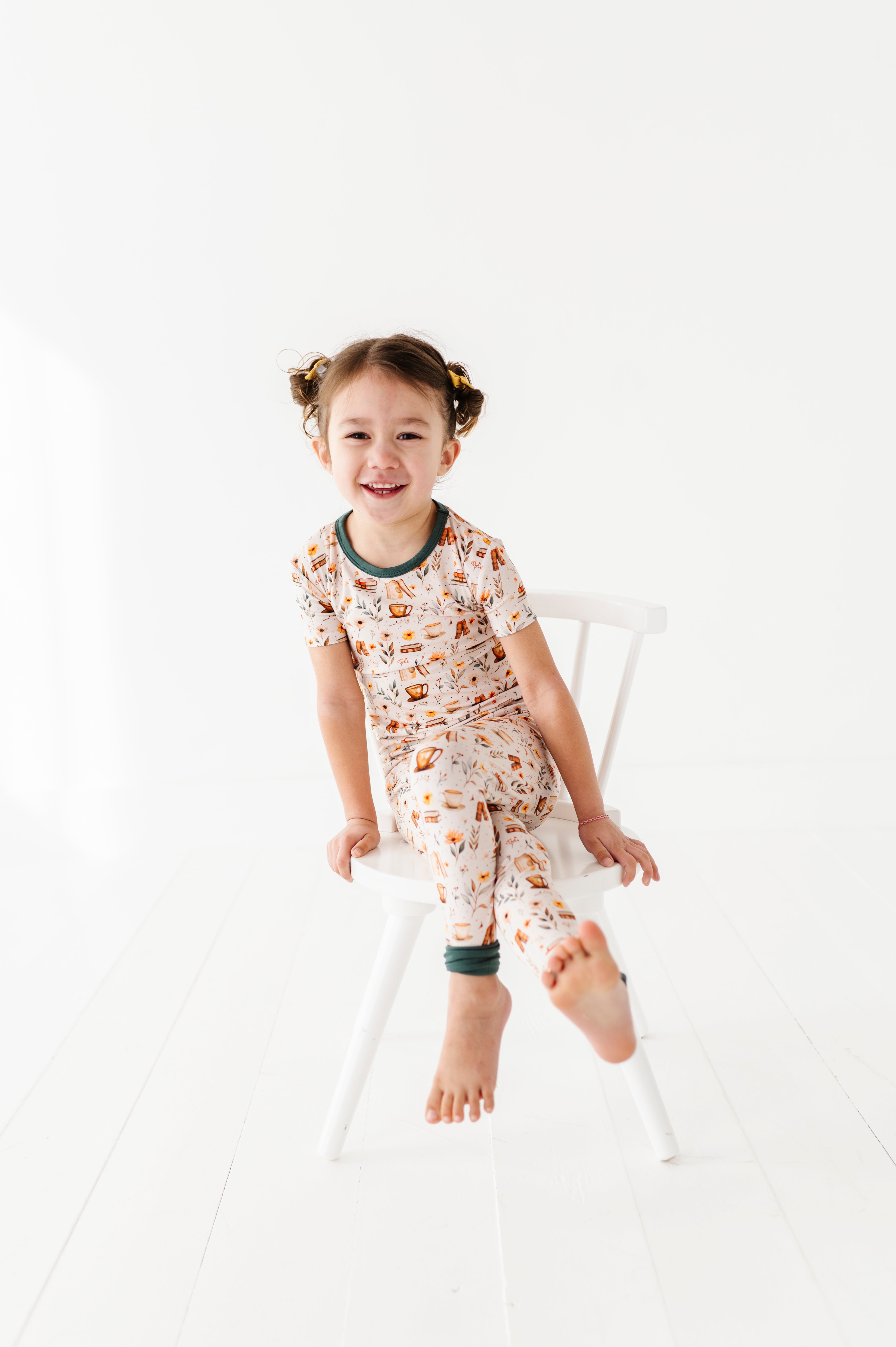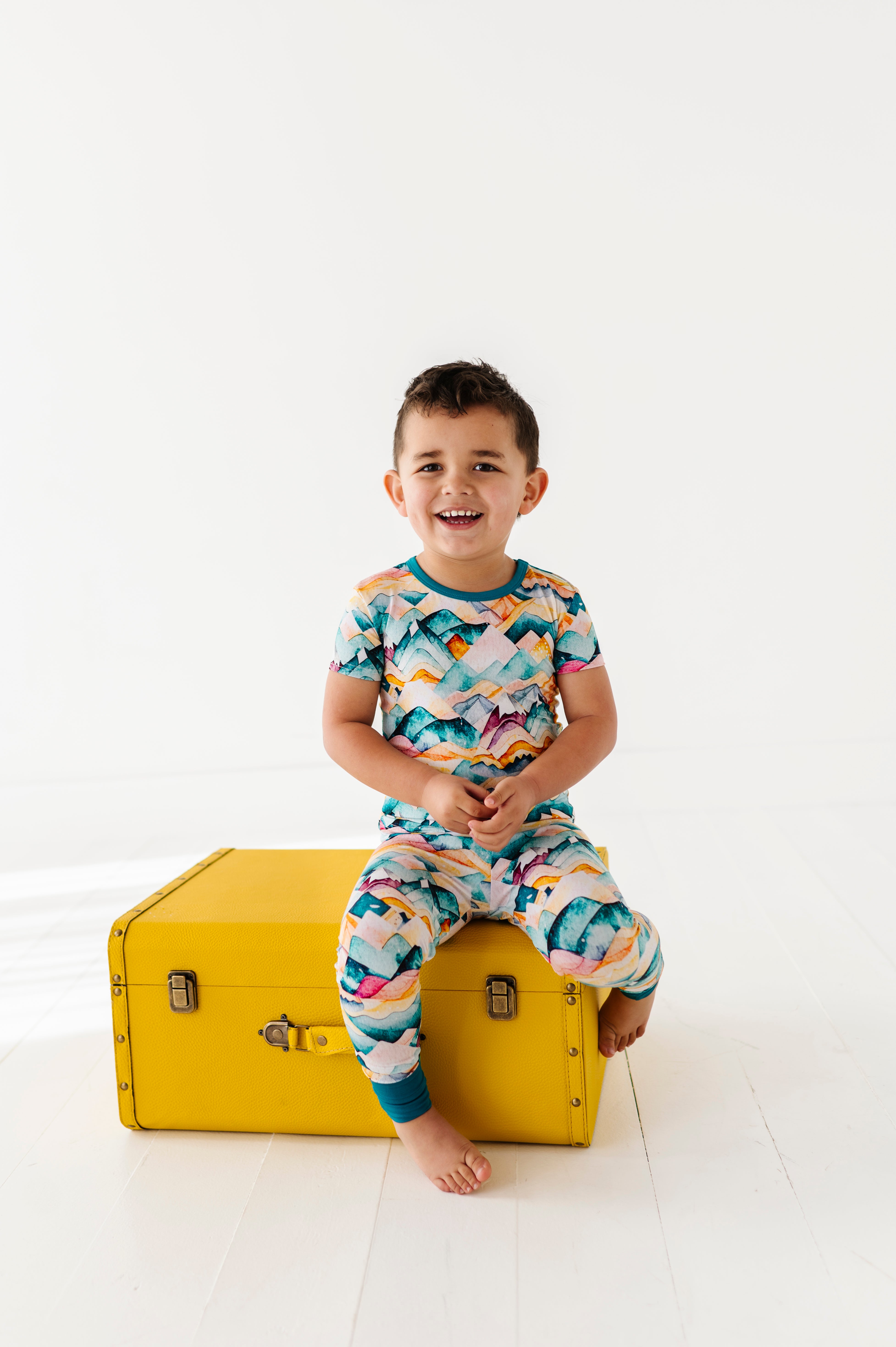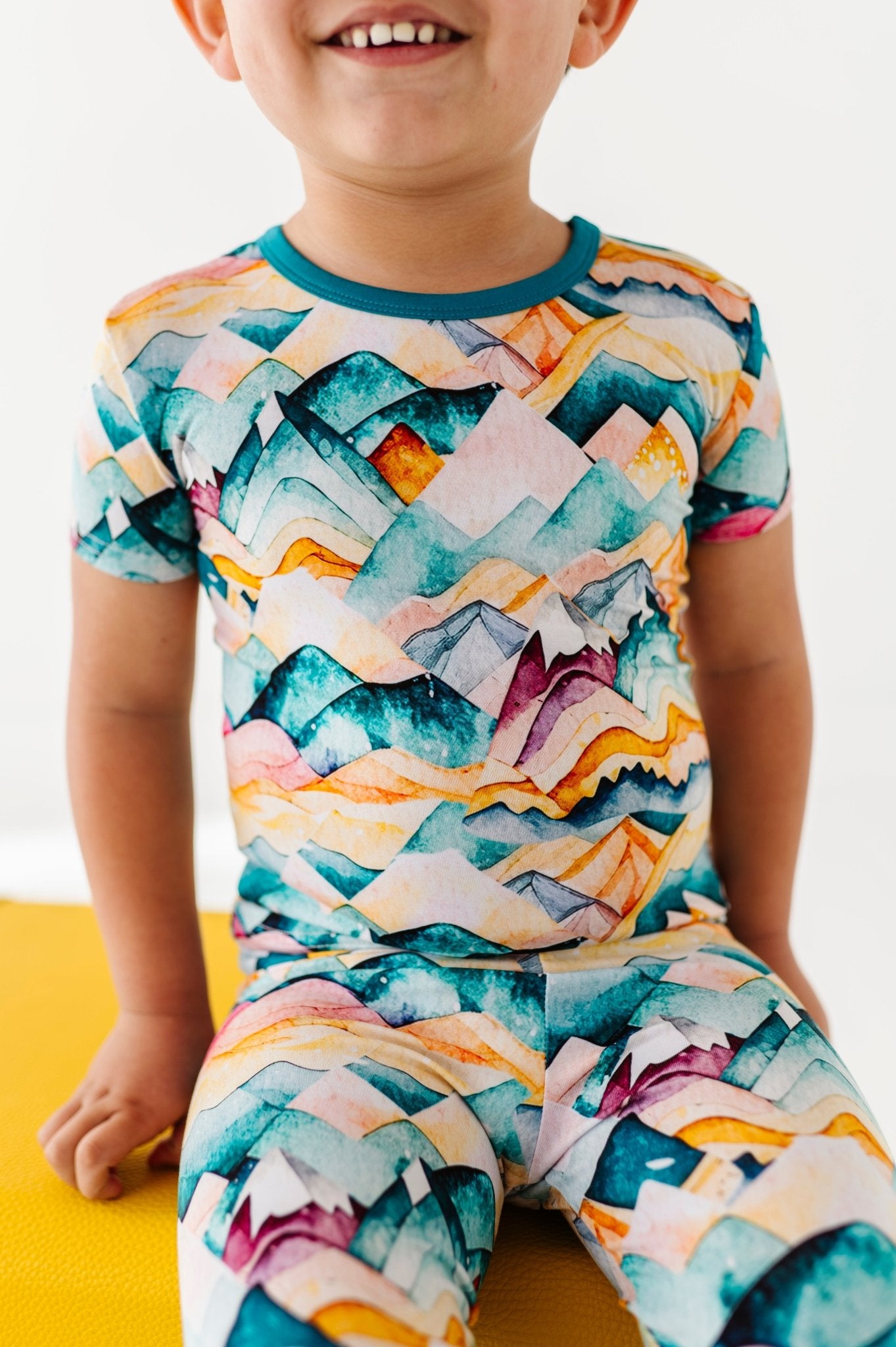Do you have kids and are trying to understand why does fabric say not intended for children's sleepwear? Well, here is why! Where fabrics are labeled as not intended for children's sleepwear, the material doesn’t meet the safety regulations and, therefore, shouldn’t be used as children's sleepwear. In this article, we explore the reasons for these labels, the rules governing children's sleepwear, and the importance of ensuring children’s safety.
The Importance of Safety in Children's Sleepwear
Regarding fabric for children, two critical factors are fiber material and size. The children's sleepwear safety is essential, primarily because of allergies and comfortability. Several factors can contribute to how comfortable children's sleepwear is. Oversized sleepwears can result in reduced sleep quality, while under-sized ones could cause discomfort due to its tightening effect on the skin.
Children can also become easily allergic to chemicals. For kids, hypoallergenic sleepwears should be worn often because it reduces their exposure to chemicals and that helps to safeguard their health.
It's also important to note that certain fiber types are more dangerous than others when exposed to flame. Also, loosely fitted pajamas increase the risk of catching fire when the child goes near a flame. These reasons have led to strict guidelines and regulations for childrens sleepwear and pajamas. For the safety of your child, it's excellent to consider less flammable fiber and also watch out for high fire danger labels when purchasing sleepwear. Flame resistant pjs for kids are also a better option because they reduce flammability risk when the child is near fire.
Different Types Of Fabric: Why does fabric say not intended for children's sleepwear
Here are some of the most common fabrics that are labeled fabric not intended for children's sleepwear and why they are not considered safe include:
- Cotton: Cotton is highly flammable and burns quickly once ignited. They are not flame resistant pajamas in many cases.
- Polyesters: When compared to cotton, polyester is less flammable. However, when polyester is exposed to high heat, it melts quickly and sticks to the skin. This can leave your infant with severe burns and injuries.
- Silk chiffon: Silk chiffon is best known for its lightweight and flexibility. This material is highly flammable and ignites rapidly. Silk chiffon can not be treated with flame-retardant chemicals due to its light texture.
- Flannel: Most flannel materials used for sleepwear are not coated with fire retardant. Because they are made from cotton or wool, they are easily flammable and dangerous for children’s sleepwear.
- Fabric blends: Fabric blends have variable flammability and are unpredictable regarding safety. Some blends ignite faster, while others spread slowly.
Best Fabric Intended For Children Sleepwear
Opting for the best fabric for children’s sleepwear doesn’t just make them comfortable; it also ensures their safety. When buying sleepwear or pajamas for your child,ensure you choose bamboo fabric for children's sleepwear. Here are some hazard-safe options you can choose from:

1. Snug-fitting cotton: Snug-fitting cotton is breathable, comfortable, and less likely to catch fire. Snug-fitting cotton is designed to meet sleepwear requirements and regulations; it minimizes the amount of air flowing around the body and prevents the risk of fabric getting ignited. Wear snug fitting, not flame resistant, alone clothes.
5. Nomex: Nomex is a highly resistant synthetic fiber, and it’s even commonly used when making protective clothing, including clothings made for firefighters. This synthetic fabric protects against high levels of heat and fire and is safe for children.
7. Treated viscose: Viscose is not naturally flame resistant. So, it does not need to be treated with flame-retardant chemicals to make it safe for children in sleepwear or pajamas.
8. Rayon: Just like the viscose fabric, rayon also does not have to undergo treatment with flame retardant. They fit the nighttime labeling for children's pajamas.
Practical Sleepwear Safety Tips You Should Know
According to the Government of Canada, these safety tips would help to keep children safe while they are asleep:
- Appropriate Sleepwear Sizes: Kids should be dressed in pajamas that are not oversized or under-sized for them. Oversized sleepwear can easily get ignited in the presence of a burn, while an undersized one will be discomforting.
- Reliable Safety Standard: Check clothing labels for information about the fabric and its safety for kids. When people ask why does fabric say not intended for children's sleepwear, the correct answer is: "It helps you check the safety of the sleepwear."
- Anti-Allergy Pajamas: Do not buy sleepwear that has been treated with harsh chemicals for kids. It could predispose them to allergic reactions.

- Temperature Consideration: Environmental temperature should determine the sleepwear fabrics to be used for kids. Thicker pyjamas are encouraged in cool weather, while light ones should be worn at higher temperatures.
- Regular Sleepwear Inspection: Children's sleepwears should be checked for loose buttons, torn edges, zipper issues, and other parts of the clothing that may cause harm to the child.
- Comfortability: Kids sleep wears should provide maximum comfort whether it's for an afternoon nap or nighttime.
- Natural is best: This is not to discredit other fabric types. But natural fabrics like cotton and wool make great sleepwears. They have extremely low flammability, do not tamper with breathing, and are also helpful with body temperature regulation.
Six Safety Standards to Ensure The Security Of Your Child's Sleep Environment
Children are fragile, and because of that, it's necessary to ensure that they have a safe sleeping environment. Getting them a safe sleeping space keeps them away from danger while also putting your mind to rest. To provide adequate safety for your kids, here are six safety standards you should meet:
1. Comfortable Sleeping Surface
A safe sleeping environment starts with surface comfort. To achieve this, use a firm bed with appropriate sheets. A comfortable sleep surface should not be soft or unstable. Surfaces of couches, prams, and pillows are not ideal. You should also keep objects like toys, notebooks, and writing materials away.
2. Temperature Regulation
Temperature maintenance is vital because it controls the metabolic function of the body. The sleeping area shouldn't be too hot or too cold for the child. You can also control temperature by dressing the child in clothes corresponding to the environmental temperature.
3. No Smoking Zone
While smoking can be harmful to adults, it's more dangerous for kids. Children's sleeping environments should be a smoking-free zone to prevent the kids from detrimental health effects and also to prevent any chances of fire hazards.
4. Convenient Sleeping Position
Children eventually find a sleeping position that is comfortable for them. But before they do that, they should be placed on their backs to sleep.
5. Clear Sleeping Space
Children should have enough space for sleep. Even while sharing the bed with you, they should be given a sleep space that is clear of anything that can disturb their sleep.
6. Maximum Crib Safety
Sleeping cribs should be wide enough to accommodate the child. Do not keep your child in cribs with missing parts, and the slats should be 2-3/8 inches apart to prevent them from being trapped.
7. Regular Safety Checks
Cribs should be inspected regularly to detect damages and get them repaired early. Damaged sleeping cribs can cause severe injuries.
How To Identify Safe Sleepwear For Kids
Being able to identify safe sleepwear for kids is essential in safeguarding their health. Identifying safe sleepwear should not be such a big deal as there are specific indicators that make it easy. They should also be in line with kids' pajama regulations in the USA. Here are five things to check when confirming the safety of your kid's sleep:
- Labelings: Sleepwear labels contain specific information about the sleepwear fabric. It also indicates how flammable the clothing material is.
- Fabric Type: Fabric types are important when selecting sleepwear because they determine temperature, breathability, and flammability. Any fabric labeled "not intended for children's sleepwear" should be avoided.
- Zippers and Snaps: It's essential to check the zippers and snaps to ensure they are not damaged.
- Quality: Quality sleepwear lasts longer, and it's important to do a quality check while purchasing.
- Size: Sleepwear should fit appropriately. They should not be oversized or undersized as they expose children to injuries and discomfort.
How to Identify Counterfeit or Non-Compliant Sleepwear Products
Online shopping and an increased global marketplace have made counterfeit products rampant. Counterfeit products can harm kids by exposing them to dangerous chemicals, increased flammability, and physical dangers resulting from poor manufacturing processes. Recognizing counterfeit or Non-compliant sleepwear products requires meticulous inspection and good information about safety guidelines for kids' sleepwear. Both online and in-store, here's how you can differentiate counterfeit products from original ones:
1. Labels and Tags Inspection
Labels and Tags provide valid information about the fabric, brand, size and care guidelines. It's a necessary process of selecting safe sleepwear for your kids. Also, look out for safety certifications on the labels. Labels should be firmly held with clothing. When it seems that the labeling can be easily detached, you can suspect it to be a counterfeit product.
2. Fabric Quality Check
Quality check involves inspecting the durability, flammability, breathability and texture of the product. Harsh products result in scratches. It's also essential to look out for products containing high levels of chemicals. Counterfeit products usually undergo rigorous processes that make them unsafe for children. Also, check for consistency in its color and thickness to ensure it's original.
3. Safety features
Inspect features like snaps, zippers, and buttons. Broken zippers and loosened buttons could signify a non-original product. Sleepwear with these faults can result in strangulation or injury to kids.

4. Construction Examination
Craftsmanship is extremely important when determining the originality of a sleepwear product. Inspect the seams, stitches, and edges. Check for firmly attached buttons and properly placed stitches. These little differences can help you determine if your sleepwear pick is a counterfeit product.
5. Price Tag Review
It gets tricky here. Extremely low price tags may indicate that a product is counterfeit. However, counterfeit products can also be sold at higher prices. A price tag review should not be the first check but rather a supporting check to draw your conclusion that a product isn't original.
To make this work, compare prices with other retail outlets to confirm your suspicion. While this may help you detect non-compliant children's sleepwear, it's essential to focus on different methods, like proper inspection of the product's labels and tags.
6. Note The Recalls
Product recalls are usually issued by manufacturers or retailers, and they achieve this by using their social media pages or through new alerts. Parents should look out for recalls about children's sleepwear and should take note of them.
7. Examine brand consistency
One sure way to ensure you are not purchasing a counterfeit product is to inspect the product branding. Branding isn't just about the packaging of a business. It includes everything about a company: its logo, color, packaging, etc. When examining a sleepwear product to be sure about its originality, check for critical items like the fonts on the logo, the details of the color, and the feel of the product. You can also verify the authenticity through the brand's website or authorized retail outlets.
Psychological Impact of Sleepwear Comfort on Children
The most overlooked aspect of children's sleepwear is its psychological effect on kids. Convenient sleepwear promotes quality sleep, improving the child's emotions and cognitive abilities. Convenient kid sleepwear also allows children to fall asleep easily by reducing discomfort during sleep. What can make sleepwear uncomfortable? Here are some reasons you should keep in mind:
1. Scratchy sleepwear
Some children's sleepwear is made from coarse or rough fabrics that irritate the skin and make sleep uncomfortable. These materials cause itching, readiness, and general discomfort. For toddlers or babies who are unable to express themselves, this is an absolute nightmare for both child, mother or caregiver. This will pose a severe psychological problem for your child and keep them awake all night.
2. Tight sleepwear
Children tend to move a lot when they sleep. Sleepwears or jammies that are too tight restrict movement and airflow through the body. These restrictions can make one experience discomfort and disrupt one’s sleeping pattern.
3. Oversized sleepwear
Because children move a lot when they sleep, oversized sleepwear can twist around the body during sleep. Oversized sleepwear can entangle your child, lead to discomfort or pain and prevent them from getting quality sleep. One must consider the right sleepwear size or Jammies when shopping for kids. The sleepy Sloth offers you a detailed size chart for kids to ensure safety and good rest.
4. Increased stress levels
Sleep is an essential aspect of growth, and sleep interruptions can drastically increase stress levels. Sleeping is a great way to relieve stress, and once adequate rest is achieved, stress levels keep growing. Uncomfortable sleepwear can range from scratchy materials to oversized and under-sized pajamas. Non-breathable sleepwear can also keep your kids stressed and depressed.
5. Poor sleep quality
Uncomfortable sleepwear results in physical discomfort, which can result in disrupted sleep. For example, when sleepwear is oversized, the extra fabric may roll together and form a mass that makes sleeping uncomfortable. This discomfort could prevent sleeping and cause intermittent awakening.
6. Mood swings
There is a mutual relationship between sleep and mood. Lack of adequate sleep results in emotional dysregulation, reduced stress response, and reduced mood stability.

Children who sleep in comfortable sleepwear get quality sleep and can sharpen their mental development. They develop better attention spans, good memory retention and improved learning abilities, influencing their academic outcome.
Another way sleepwear impacts a child's psychology is by helping them create a routine. Regular changing into pajamas helps the child's brain adapt to organization and consistency. It also mentally prepares them for sleep and facilitates their sleep process. The psychological impacts of sleepwear on kids have been under-emphasized, but it's essential to note that sleepwear comfort plays a vital role in the psychological wellness of children.
Conclusion
Often, people ask the question: why does fabric say it is not intended for children's sleepwear? Also, why are baby clothes flame resistant? Safety for children's clothing is unarguably essential, and that's why some fabrics are labeled as not intended for children's sleepwear. Unintended fire outbreaks, temperature regulation, and general well-being are reasons adequate attention should be paid to the type of fabrics kids use for sleepwear.
Most importantly, labels are always an indication of the flammability of the fabrics. They give information about fabrics that resist fire ignition and those prone to burning. This vital information provides guidelines on choosing the safest sleepwear for your kids.
The broader essence of this is to safeguard children's health while also creating a safe environment for their comfort and existence. If you have a child or you care for one, it is best you purchase sleepwears made from healthy and protective fabrics. It is also important you understand different cloth labeling and their meaning. The safety and security of your children should always be your priority!
Frequently Asked Questions
Are there short pajamas that are not flame-retardant outfits in the market?
Yes, there are short pajamas available that are not flame-retardant-treated. These tend to be made of close-fitting, natural materials like cotton, which are intended to reduce flammability without chemical treatment. Parents looking for non-flame-retardant sleepwear can find clothing labeled "not flame resistant" or "wear snug-fitting" on children's sleepwear.
Why is baby clothing flame resistant?
Baby clothing is typically processed to be flame-resistant to prevent severe burns in case of accidental contact with fire. Since infants and young children may not react fast enough to dangerous situations, flame-resistant clothing assists by reducing the spread of fire, giving caregivers a few extra seconds to respond.
